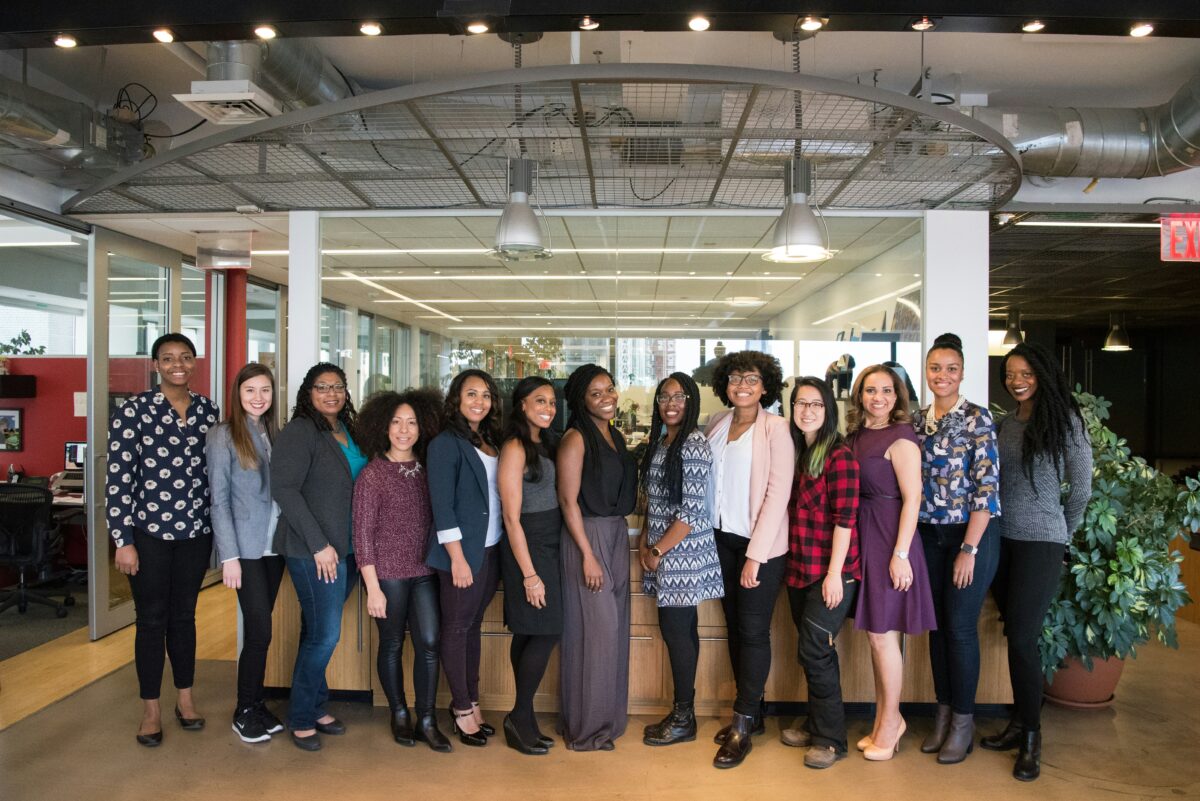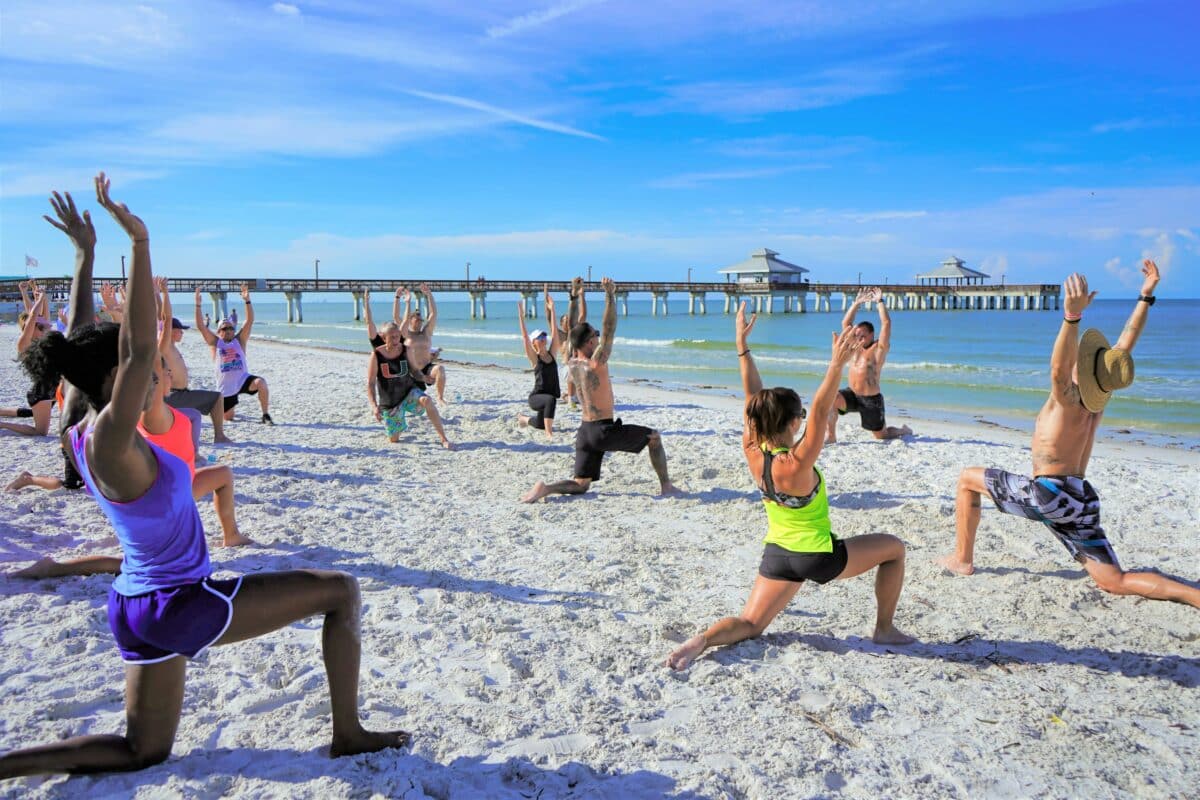The Role of Advocacy Groups in Healthcare Equity
In modern healthcare, the role of patient advocacy has become increasingly significant. With a growing emphasis on patient rights and the rise of advocacy groups, individuals now have stronger allies to navigate the complexities of the healthcare system. Patient advocacy not only ensures fair treatment but also empowers individuals to take control of their healthcare decisions, fostering a system that is more transparent, equitable, and patient-centered. This article explores how advocacy initiatives are reshaping healthcare and why they are crucial for promoting patient well-being.
What Is Patient Advocacy and Why Is It Important?
Patient advocacy involves supporting individuals in understanding their healthcare options, rights, and responsibilities. Advocacy can range from helping patients navigate insurance challenges to addressing ethical issues like informed consent and privacy. At its core, patient advocacy aims to amplify the patient’s voice in a system that can often feel overwhelming and bureaucratic.
Advocates play a pivotal role in ensuring that patients receive fair, unbiased care. They help address potential disparities in treatment that may arise due to socioeconomic status, cultural differences, or lack of healthcare literacy. By providing knowledge and resources, patient advocacy empowers individuals to make informed decisions about their health and well-being.
This movement is particularly significant in addressing systemic issues in healthcare. Advocacy groups are working tirelessly to tackle inequities, improve access to care, and ensure that healthcare providers prioritize patient-centered approaches. In an era where medical care is becoming more complex, the presence of patient advocates ensures that individuals do not feel lost or powerless when seeking care.
How Do Advocacy Groups Impact Patient Rights?
Advocacy groups have been instrumental in advancing patient rights and driving systemic change in healthcare. These organizations serve as a bridge between patients and the healthcare system, advocating for policies that promote equity, accountability, and access to care.
One of the most critical areas advocacy groups address is ensuring that patients understand their rights. For instance, many patients are unaware of their legal right to seek second opinions, refuse certain treatments, or access their medical records. Advocacy groups work to educate the public on these issues, ensuring that patients can make informed decisions about their care.
Advocacy organizations often step in to protect vulnerable populations. Whether advocating for women’s health, disability rights, or access to mental health services, these groups ensure that marginalized individuals are not overlooked in the healthcare system. Their efforts have led to critical policy changes, such as expanded coverage for pre-existing conditions and increased funding for preventative care.
Advocacy groups also provide platforms for patients to share their stories, raising awareness about gaps in the system. These narratives can inspire broader reforms, pushing for solutions that make healthcare more inclusive and patient-focused.
How Can Individuals Advocate for Themselves in Healthcare?
While advocacy groups are a valuable resource, individuals can also take steps to advocate for themselves within the healthcare system. Self-advocacy begins with understanding one’s rights and responsibilities as a patient and being proactive in seeking information and clarification from healthcare providers.
One key aspect of self-advocacy is effective communication. Patients should feel empowered to ask questions, request explanations, and express concerns about their care. Building a collaborative relationship with healthcare providers can lead to better outcomes and a deeper understanding of treatment options.
Another important step is record-keeping. Maintaining detailed notes about medical history, medications, and treatments can help patients feel more organized and confident during medical appointments. This information can also be valuable when seeking second opinions or resolving disputes with insurers.
Patients should also seek support when necessary. Whether it’s a family member, a trusted friend, or a professional patient advocate, having someone to accompany you during medical visits can provide emotional reassurance and help ensure that all important information is communicated clearly.
Staying informed about healthcare policies and changes in the system is an essential part of advocacy. Understanding how insurance plans work, knowing your options for preventative care, and staying updated on new healthcare legislation can help patients make informed choices and avoid unnecessary obstacles.
The Future of Patient Advocacy
As the healthcare system continues to evolve, the role of patient advocacy will only become more critical. Advocacy groups are pushing for innovations in care delivery, such as the integration of digital health tools that give patients greater access to their medical records and communication with providers.
There is also a growing focus on addressing social determinants of health, such as housing, education, and employment, which significantly impact health outcomes. Patient advocacy groups are expanding their scope to include these factors, recognizing that true healthcare equity requires a holistic approach to well-being.
Advancements in telemedicine and artificial intelligence are also reshaping the advocacy landscape, providing new ways to support patients remotely and address their concerns efficiently. These technologies, combined with the unwavering efforts of advocates, promise a future where the healthcare system is more transparent, patient-focused, and inclusive.










